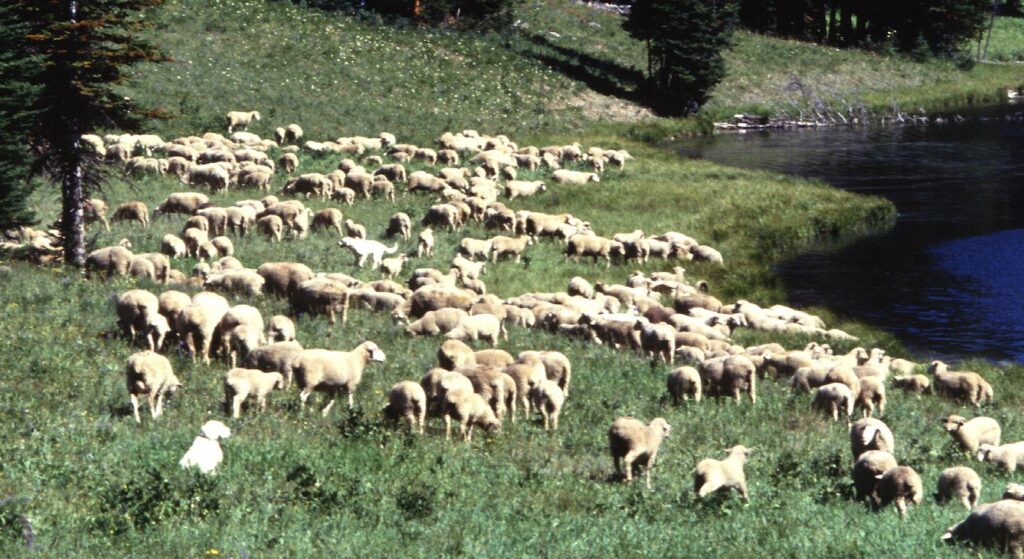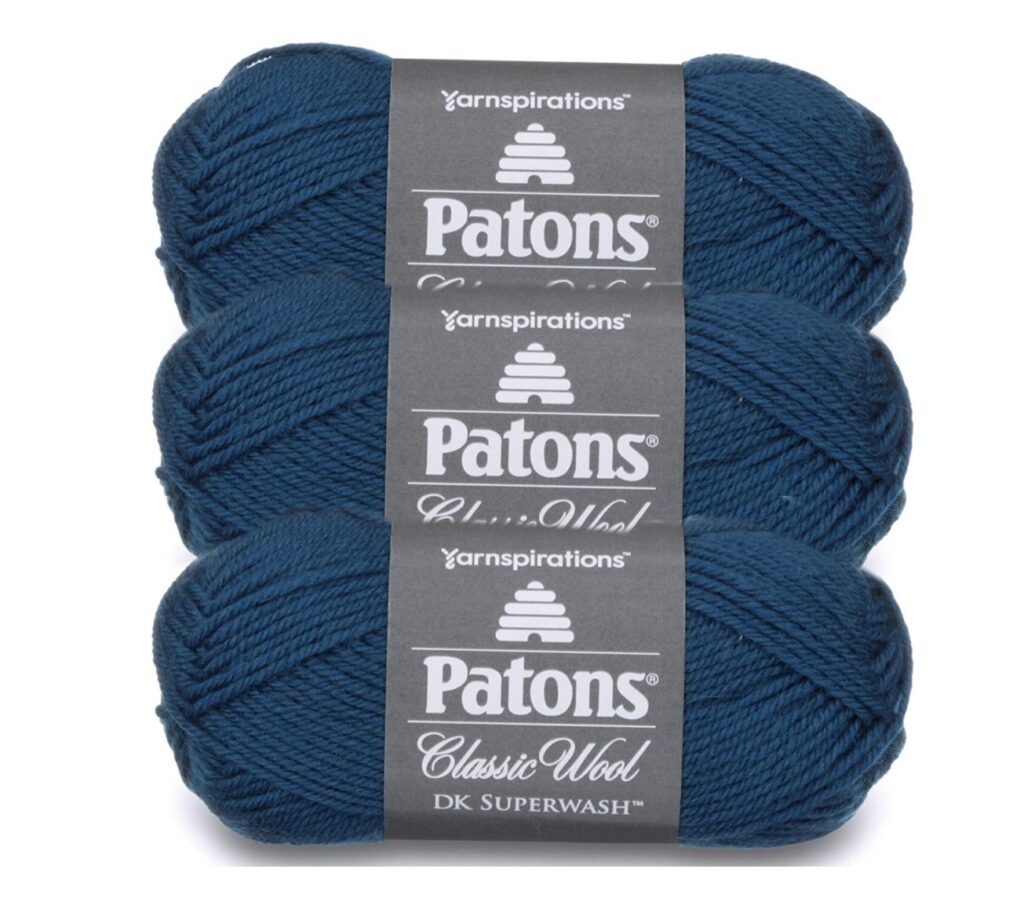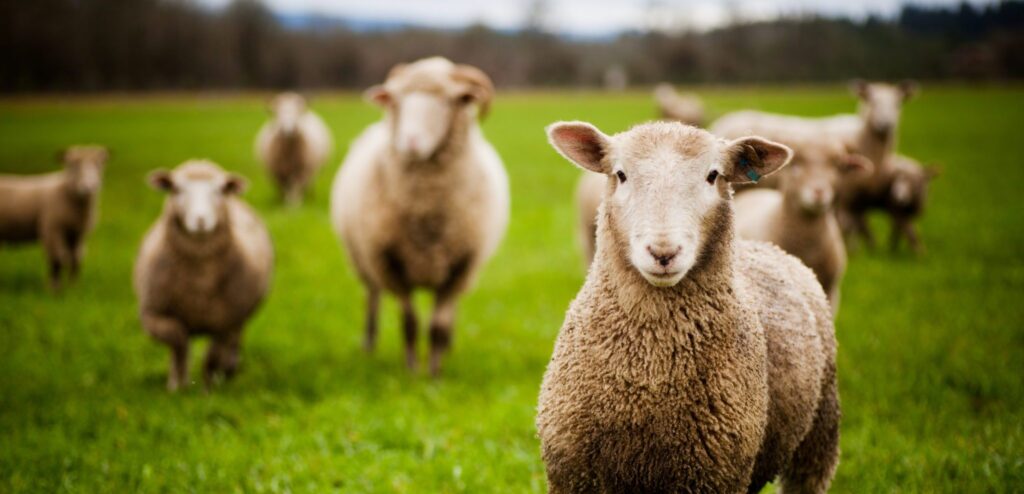July 05, 2023 – Gavinburn, Scotland
Counting livestock is a tricky business. Sheep and cattle mingle in irregular patterns, one animal looks much like the other, and they are all constantly on the move. To get a proper count requires skill, and a non-linear approach.

Our ancestors in northern England and the Scottish Lowlands developed a vigesimal (based upon the number twenty) counting system they called Yan Tan Tethera. The system substitutes rhyming words for numerals. Counting animals proceeds by calling out similar words in a rhythmic cadence, with an emphasis on each count of five.
Counting one to twenty goes something like this:
Yan Tyan Tethera Methera Pimp
Sethera Lethera Hovera Dovera Dik
Yanadik Tyanadik Tetheradik Metheradik Bumfit
Yanabumfit Tyanabumfitt Tetherabumfitt Metherabumfitt Giggot
The shepherd would point at each sheep and tally them by this method, keeping a rhythm in step with the movement of the animals. Once he reached Giggot (twenty) the shepherd would drop a pebble in his pocket or move his hand up a notch on his shepherd’s crook and start over. Each pebble or notch was a “score”.
If the finished count was “four score and dik”, the shepherd had ninety sheep.
Yan Tan Tethera was also used by the shepherd’s wife while knitting. She would count stitches by the same method, as she knitted sheep’s wool into garments.
Vestiges of this counting system are still in use today. If you go to a fabric shop in this part of the country and find an older shopkeeper, she will understand you if you ask for “Tethera bolts of yarn”.

Tethera Bolts of Patons Wool Yarn.
Children picked up on the rhythmic cadence of Yan Tan Tethera and developed counting-out rhymes, like Eeny Meeny Miny Moe and Tinker Tailor Soldier Sailor. These verses can still be heard in playgrounds today.

I tried to count the sheep in the meadow across from Gavinburn. If my ciphering is correct, there are …
… two score and bumfit.


Leave a Reply